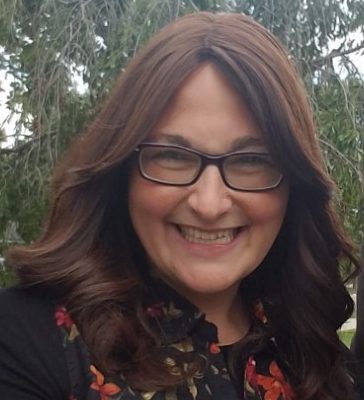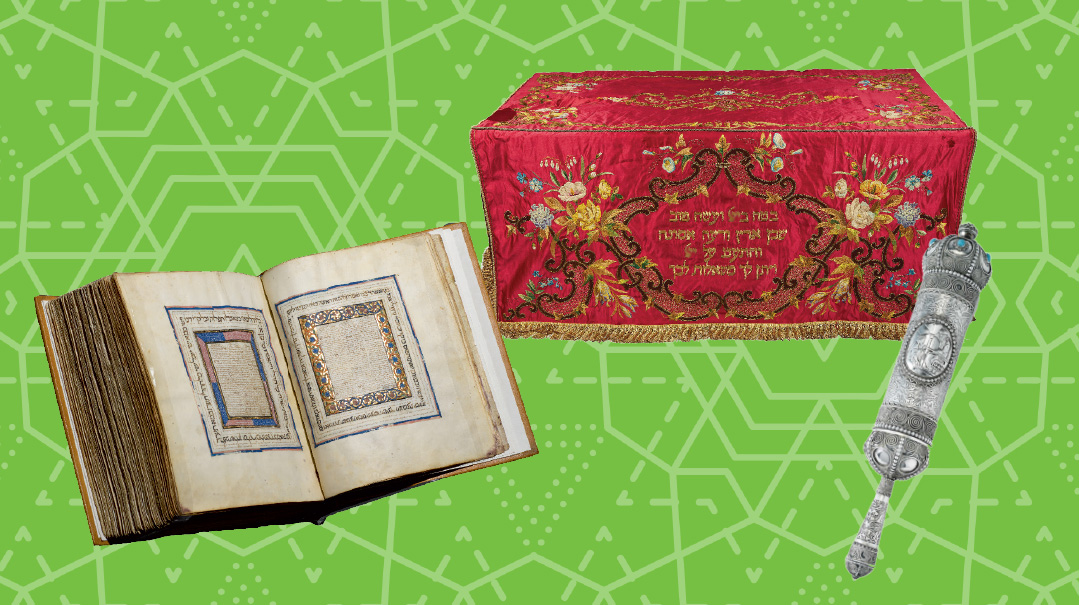To the Highest Bidder

What auction house owners come across daily, in their quest for the rare finds they’re happy to pass on

David Knobloch of Spring Valley, NY, opened Rarity Auction House 3 years ago.
Fast stats: Depending on inventory, we have about six auctions per year. Three of those are “big ticket” auctions, but even at the “cheap” auctions, where everything starts at $25, some items will sell for thousands.
How I got started: My father’s been an antique dealer for 25 years. As a teenager, I used to go with him to customers and libraries and watched as he grew his collection. I later worked for an auction house. Most Jewish auctions are in Israel, but the customer base is in the United States and Europe. I opened my own auction house here in New York so Americans could come in, inspect a piece personally, and take it home without waiting for their finds to cross the ocean.
Fascinating finds: We once had the original document that appointed Rabbi Yitzchak of Radvil, the son of the Maggid of Zlotshov, as rabbi of the city in 1819. It sold for $50,000. In our last auction we had a letter inviting the Satmar Rebbe to England after the war, signed by all the European rabbanim. We put it up for $4,000 but it went for close to $30,000.
In our next auction, there’s a first edition of the Frankfurt Sefer Tiferes Shmuel from 1696. It contains many signatures, and the inscription: “I got this from my chavrusa, son of the author…” This was the personal copy of the Tiferes Shmuel’s only son, Rabbi Tzvi Hirsch Kaidanover (1648–1712), author of the Kav Hayashar, one of the most popular works of mussar in the last three hundred years.
FAQs: “Do you have anything from the Chasam Sofer?” “What chassidic items do you have?” “Any segulah seforim?”
Best fake: I primarily deal with seforim and manuscripts, so by now I can tell immediately what I’m seeing. Signatures need more investigation. I go to experts for authentication.
What I’ll never sell: I collect items that belonged to my grandparents. Whenever I see something on the market that belonged to my great-great-grandfather, Rav Adoniyahu Schmeltzer, I end up fighting for it with my uncle Lipa Schmeltzer, who’s also an avid collector.
Recently, I heard of someone who’d bought thousands of kvittlach that were given to the old Satmar Rebbe, Rav Yoel Teitelbaum. He’d even created an excel sheet of the kvittlach. I asked him to check for my family names. Turned out my other great-grandfather, Rabbi Naftali Weisberg, had sent one from Eretz Yisrael right after the war. I have that original kvittel framed on my desk. It’s priceless to me — I’d never sell it.
Effect of Corona: It was harder to meet people and look for items, but the online auctions weren’t affected at all. Maybe the stimulus checks helped….
Most surprising: Recently, I had seven volumes of a Shulchan Aruch with thousands of glosses from a talmid chacham called Rabbi Yair who lived before the war. It took me months to research the family. An hour before the auction, I got a call from someone in Canada who’d randomly googled his family name and found our catalog. In fact, his mother Yaira was named after the gaon Rabbi Yair. It was the man’s grandfather! It’s so exciting when items come full circle like that.
Tips: Don’t throw anything away. Call me, I’ll look at your old books with pleasure. Items worth millions have been buried with sheimos because people didn’t know. Other times, items aren’t valuable but it’s important to their owners that these old items still be used. I can help with that too.
Oops! We could not locate your form.







